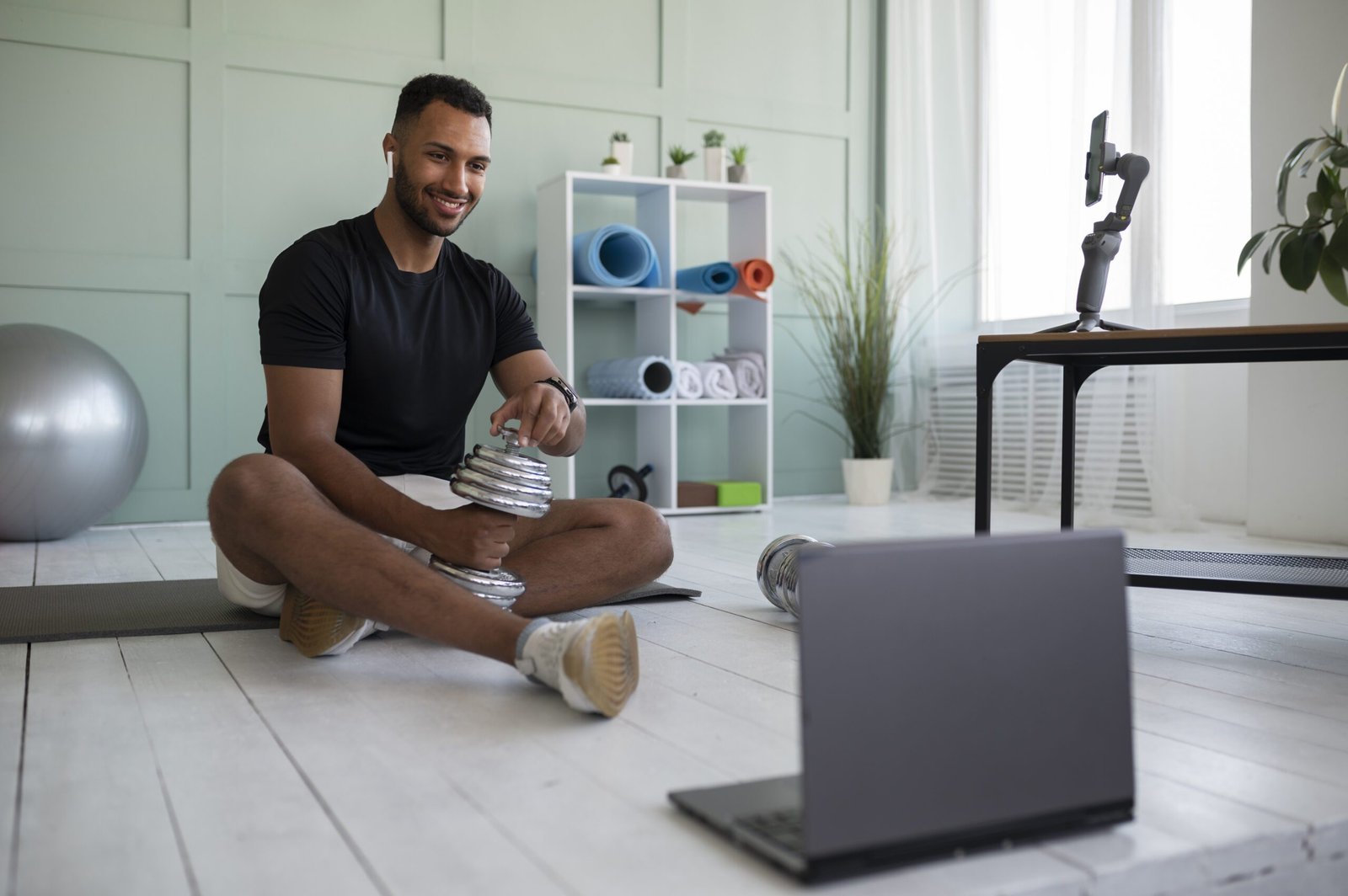Online health consultations, also known as Telehealth, have seen a significant rise in use in recent years, especially post Covid. They are an ideal solution for people who live in places like rural and remote Australia, where access to healthcare is often limited. Physiotherapy has been one of these professions that has increasingly incorporated telehealth into its offerings; however, people often wonder if and how physiotherapists are still able to offer a reasonable standard of care without the ability to provide hands-on treatment. Nevertheless, with advancements in technology and a shift towards more accessible healthcare options, telehealth physiotherapy has emerged as a viable alternative to traditional, in-person physiotherapy consultations. But does it really measure up? Let’s delve into how telehealth physiotherapy is proving to be just as effective, if not more, than in-person consultations.
Overcoming Barriers
One of the most significant advantages of telehealth physiotherapy is its ability to break down barriers to access. In traditional settings, patients may face obstacles such as transportation issues, long wait times, or geographical constraints. Telehealth removes these barriers by allowing patients to connect with physiotherapists from the comfort of their own homes. This means that individuals living in remote areas, those with mobility limitations, or those with busy schedules can still access the care they need.
Moreover, telehealth appointments often have shorter wait times, as patients have more flexibility in scheduling appointments. This not only improves patient satisfaction but also ensures that conditions are addressed in a timely manner, potentially preventing them from worsening.
Personalised Care, Anywhere, Anytime
Contrary to what some may believe, telehealth physiotherapy offers personalised care that is tailored to each individual’s needs. During a telehealth session, physiotherapists can observe patients performing exercises and movements, provide real-time feedback, and demonstrate techniques through video. They can also conduct thorough assessments by asking patients to perform specific movements or tests. Additionally, with the help of digital tools and mobile applications, physiotherapists can monitor progress remotely, ensuring that patients stay on track with their treatment plans.
Effective Communication and Education
Communication is key in any healthcare setting, and telehealth physiotherapy is no exception. In fact, telehealth consultations can actually improve communication between patients and physiotherapists. Without the distractions of a busy clinic, patients and physiotherapists can engage in focused discussions about symptoms, progress, and treatment plans.
Furthermore, telehealth appointments provide an opportunity for education, one of the most important aspects of physiotherapy care. Physiotherapists can use visual aids, such as diagrams or videos, to explain anatomy, injuries, or treatment plans more effectively. This empowers patients to take an active role in their recovery and better understand the importance of their exercises and self-care routines, which leads to improved outcomes long-term.
Research Backs It Up
Numerous studies have shown that telehealth physiotherapy is just as effective as in-person consultations for certain conditions. A systematic review published in the Journal of Telemedicine and Telecare found that tele-rehabilitation programs for musculoskeletal disorders, such as back pain or osteoarthritis, resulted in similar outcomes to traditional face-to-face interventions. Additionally, a study published in the Journal of Physiotherapy found that remote physiotherapy was effective in improving function and reducing pain for individuals with chronic conditions like stroke or Parkinson’s disease. These findings underscore the efficacy of telehealth physiotherapy in achieving positive outcomes, and the body of evidence that shows the efficacy of online physiotherapy consultations continues to grow by the day.
Final Thoughts
Telehealth physiotherapy is not always a replacement for all in-person consultations, as there are still cases where hands-on assessment and treatment is more effective and/or necessary. However, it is a valuable complement to traditional care and has the potential to revolutionise the way we approach physiotherapy. By breaking down barriers to access, providing personalised care, improving communication, and offering effective treatment options, telehealth physiotherapy is proving to be a game-changer in the field of rehabilitation. As technology continues to evolve, so too will the possibilities for remote healthcare, ensuring that patients receive the care they need, wherever they are.

5 Easy Steps to Make the Most of Your Telehealth Consultation
- Test your setup: pick a device that you’re familiar with and comfortable using, whether it’s a computer, tablet, phone, etc. Test to make sure that your camera and microphone work beforehand, which can usually be done through your device. Check that your internet connection is strong and reliable enough. A setup that can easily be moved if you are asked to change positions (e.g. standing, lying down, etc) is ideal.
- Enlist help if needed: don’t feel like you’re very tech-savvy? Ask a family member or friend to join you on the call to assist with any issues that may arise.
- Find an ideal space: as mentioned above, you may be asked to move into different positions throughout the consultation, so try to find a space that can allow you enough room to move around as needed.
- Allow for privacy: choose a space that allows you enough privacy to feel comfortable discussing your issues. Also, you may be asked to partially undress to allow as much visibility of the affected body part as possible, so try to dress appropriately (e.g. shorts for a knee issue, etc.) If at any point you do not feel comfortable, please raise this with your physio as soon as possible.
- Stay calm if issues arise: if technical issues arise, which will happen occasionally, try not to stress. Often they are an easy fix, but if not, other mediums such as phone calls or online chatrooms can be used to continue on with the session.